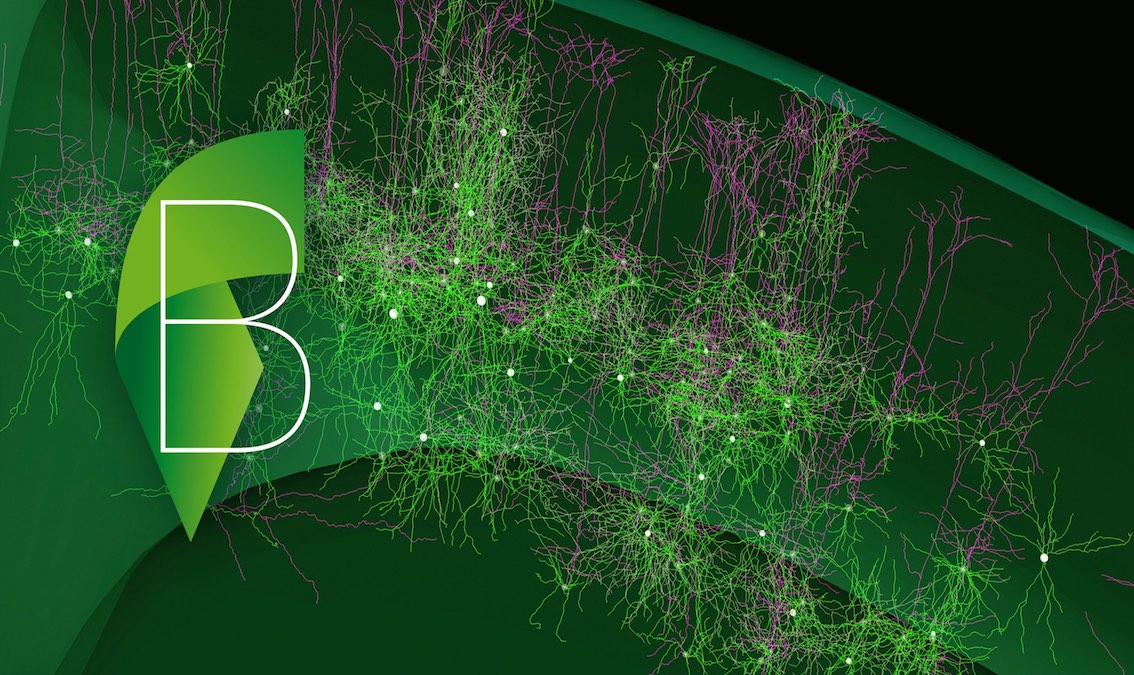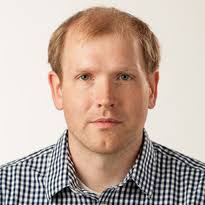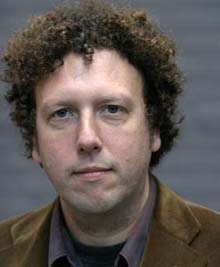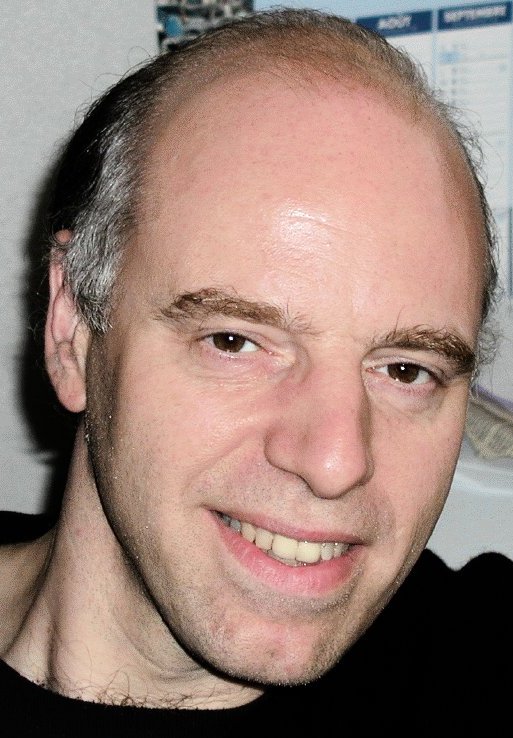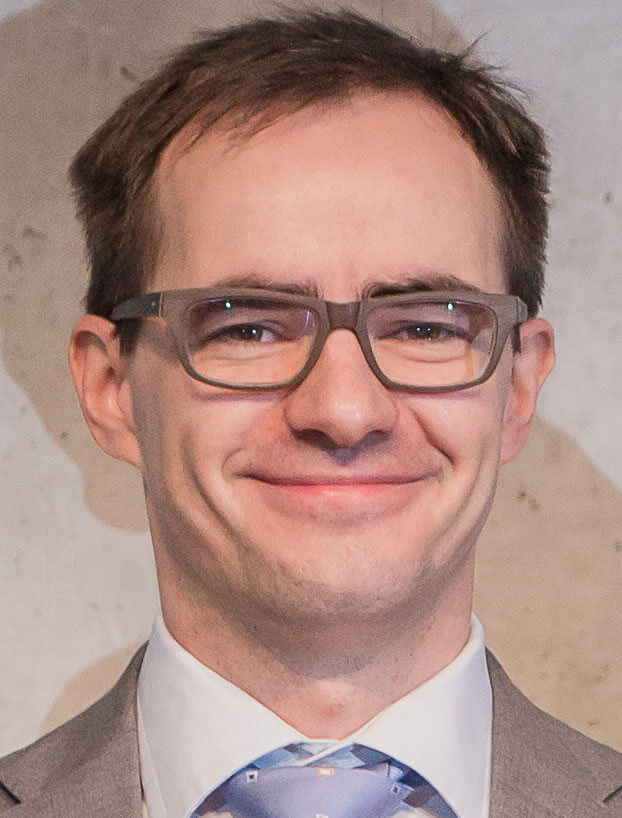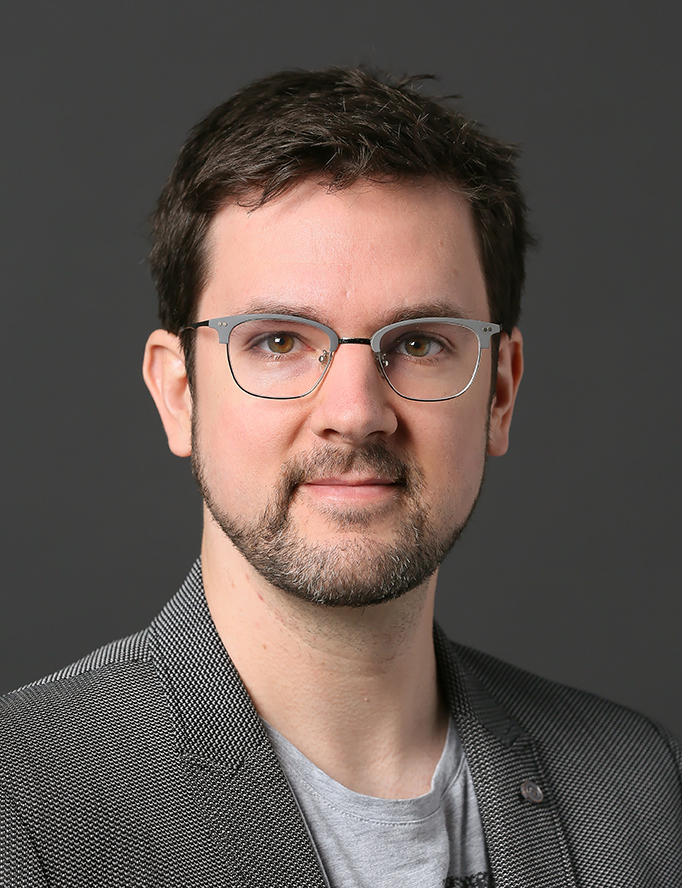About This Course
Understanding the brain requires an integrated understanding of different scales of organisation of the brain. This means studying the role that genes, channels, cells, microcircuits, and even whole brain regions have in different types of behaviour: From perception to action, while asleep or when being awake.
This Massive Open Online Course (MOOC) will take the you through the latest data, models and techniques for investigating the different levels of the brain. We will show how we can put the pieces together and attain new insights and derive new theories. With contributions from more than 15 international neuroscientists from 10 different research institutions, the MOOC gives a broad overview of the latest tools and techniques for neuroinformatics, analysis, modelling and simulation.
At the same time, several different tutorials on available data and data tools, such as those from the Allen Institute for Brain Science, provide you with in-depth knowledge on brain atlases, gene expression data and modeling neurons. These tutorials will be followed by exercises that give you the opportunity to acquire the necessary skills to use the tools and data for your own research.
Course Staff
Sean Hill
Sean Hill is co-Director of Blue Brain, a Swiss national brain initiative, where he leads the Neuroinformatics division, based at the Campus Biotech in Geneva, Switzerland. He also directs the Laboratory for the Neural Basis of Brain States at the École Polytechnique Fédérale de Lausanne (EPFL). Dr. Hill has extensive experience in building and simulating large-scale models of brain circuitry and has also supervised and led research efforts exploring the principles underlying the structure and dynamics of neocortical and thalamocortical microcircuitry. He currently serves in management and advisory roles on several large-scale clinical informatics initiatives around the world.
Terri Gilbert
Dr. Terri Gilbert received her Ph.D. in biomedical sciencesfrom the University of New Mexico School of Medicine and has held postdoctoral fellowships at the University of New Mexico and the University of Washington. After working as an application specialist at the Allen Institute for Brain Science for 7 years, where she conceptualized, created, and deployed more than 200 live trainings to global audiences, she now leads Gilhou Science Communication. She served as the communications director for Brain Commons at Cohen Veterans Bioscience inc., was a founder of the Seattle Science Café, Science on Tap, and is a former Pacific Science Center volunteer.
Forrest Collman
Forrest Collman is a Scientist II working at the Allen Institute within the Human Cell Types group with Stephen Smith. He received his undergraduate training in physics from Princeton University, where he did his senior thesis with John Hopfield on computational models of olfaction using synchrony. He then did a Ph.D., also at Princeton, but within the Molecular Biology department where he worked with David Tank, helping developing methods for two-photon microscopy in awake behaving mice, as well as the design and construction of a virtual reality behavioral environment for head-fixed mice. Before joining the Allen Institute, he was a postdoc, also with Stephen Smith, at Stanford University, where he worked on the development of conjugate IF/SEM array tomography and its application to neural plasticity.
Trygve Bakken
Trygve Bakken joined the Allen Institute in 2013 to help with computational analysis of high-dimensional spatiotemporal gene expression patterns in the developing primate brain. He is interested in leveraging these data to gain insight into the functional significance of genes implicated in human evolution and neuropsychiatric disease. He will contribute to a catalog of neuron types (circuit elements) in the human brain through the analysis of single cell transcriptomes. Previously, he studied physics and philosophy at Yale and the London School of Economics. He pursued a biological understanding of mind at UC San Diego and received an M.D. and Ph.D. in neuroscience under the mentorship of Charles Stevens and Nicholas Schork.
Saskia de Vries
Saskia de Vries joined the Allen Institute in 2012 as a scientist in the neural coding team. With a background in systems neuroscience, she has studied visual processing in both vertebrate and invertebrate systems using a combination of physiological, computational, behavioral and molecular tools to parse how neural circuits process visual information and use that information to select appropriate behavior. Prior to joining the Allen Institute, de Vries was a postdoctoral scholar in the department of neurobiology at Stanford University, where she identified loom sensitive neurons in the optic lobe of the fruit fly and directly linked them to the fly's escape behavior. De Vries received a B.S. from Yale University in molecular biophysics and biochemistry and a Ph.D. in neurobiology from Harvard University.
Jack Waters
Jack Waters is an Associate Investigator in the Neural Coding group. He leads a team who investigate the cellular and circuit mechanisms underlying changes in cortical physiology with behavior. Before joining the Allen Institute for Brain Science, he held postdoctoral positions at Stanford University and the Max Planck Institute for Medical Research in Heidelberg, Germany, and was an Assistant Professor in the Department of Physiology at Northwestern University in Chicago. Previous research includes pioneering the combination of electrophysiology and 2-photon imaging techniques to study cells and circuits in intact rodents and examining how ongoing synaptic activity modulates the excitability of neocortical pyramidal neurons in vivo. He also developed the application of optogenetics to control the release of acetylcholine in neocortex and established that nicotinic acetylcholine receptors play a large role in shaping the effects of acetylcholine on neocortical pyramidal neurons. Waters holds a BSc in Biochemistry from the University of York and a PhD in Pharmacology from University College London.
Huib Mansvelder
Huib Mansvelder became full professor in 2008 and heads the department of Integrative Neurophysiology since. His research focuses on how the prefrontal cortex orchestrates attention behaviour in rodents, in particular in interaction with subcortical brain areas, such as the basal forebrain. In addition, his lab investigates how neuronal microcircuits in the human neocortex are organized, both anatomically as well as functionally, and how properties of human neurons relate to human cognition.
Vilas Menon
Vilas obtained his PhD in Applied Mathematics from Northwestern University, where he worked on ion channel kinetics and synaptic integration in neurons using both modeling and experimental techniques. Prior to joining Janelia, he was part of the Modeling, Analysis, and Theory team at the Allen Institute for Brain Science, where he worked on analysis of single-cell and tissue-level gene expression data, with the goal of identifying cell types and combinatorial gene codes in adult and developing brain regions. At Janelia, he is investigating transcriptomic cell type diversity and generating predictive models relating gene expression to neuronal phenotypes and function.
Alain Destexhe
Alain Destexhe is Research Director at CNRS. He is Editor in Chief of the Journal of Computational Neuroscience, and has obtained grants from several institutions, such as ANR (Agence Nationale de la Recherche), EC (European Commission), MRC (Medical Research Council of Canada), NIH (National Institutes of Health, USA), and HFSP (Human Frontier Science Program). His main research interests in computational neuroscience stand at the interface between physics (dynamical systems) and neurosciences (electrophysioplogy). The current research directions include the study of stochastic activity in cerebral cortex and its consequence on integrative properties and coding, the study of collective dynamics in networks (oscillations, chaotic states) and local field potentials, as well as the conception of methods at the interface with electrophysiology.
Francesco Pavone
Francesco Saverio Pavone is directing a research group working in the field of biophotonics on single molecule biophysics, microscopy imaging-spectroscopy techniques, biomedical imaging, laser manipulation of bio-samples.
In particular, he is developing new microscopy techniques for high resolution and high sensitivityimaging, and for laser manipulation purposes. Pavone is authors of many internationals papers and editor of international books. He is also director of the European Laboratory
for Non Linear Spectroscopy in Florence.
Danilo Bzdok
Danilo Bzdok studied medicine at RWTH Aachen University, Université de Lausanne, and Harvard Medical School. His doctoral thesis in cognitive neuroscience (“Functional Specialization for Social Processes in the Human Brain”) received the Hans-Heimann prize from the German Society of Psychiatry. He also holds a PhD in computer science on machine learning. Since September he is the head of the section for “Social and Affective Neuroscience” at the Department of Psychiatry, RWTH Aachen University.
Michael Reimann
Michael Reimann is a Staff Scientist in the Cells & Circuits Section within the Simulation Neuroscience Division. Michael develops methods to derive/predict the local synaptic connectivity in a neocortical microcircuit. Additionally, he analyzes the trends found in connectivity and how it relates to the electrical activity (structural to functional relation). Before joining Blue Brain, he worked with Prof. Christoph von Lassberg, on the analysis of data streams from simultaneous recordings of eye movement, EMG and full body tracking in collaboration. His research also included integration of vestibular information in humans. Michael studied Bioinformatics at the University of Tuebingen, Germany, specializing in neuroinformatics and coding theory before joining Blue Brain as a PhD student.


